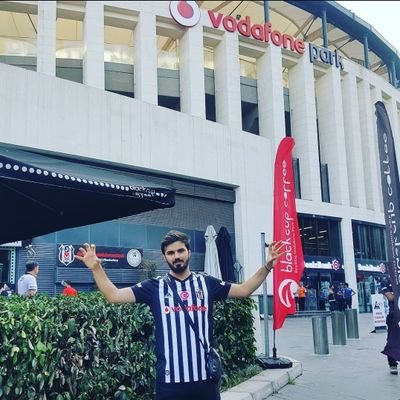
Hanna Knauss MD
@HKnaussMD
Followers
288
Following
260
Media
21
Statuses
56
PGY2 Resident @BIDMC_IM via @ohiou & @UToledoMed l Aspiring Cardiologist, Medical Educator l Part-time Runner & Amateur Plant Mom l Views are my own.
Joined June 2023
Don't wanna be here?
Send us removal request.
Explore trending content on Musk Viewer
#音楽の日
• 484068 Tweets
#RedmiNote13SeriesxBamBam
• 158584 Tweets
フェルナンデス
• 55159 Tweets
Seine
• 54780 Tweets
GRAND OPENING OUROAD
• 36145 Tweets
ダンスバトル
• 26823 Tweets
BINI CONNECTS WITH GALAXY
• 17090 Tweets
どらほー
• 14021 Tweets
All Blacks
• 13629 Tweets
グリフィン
• 12149 Tweets
KEYTALK
• 10975 Tweets
中居くん
• 10556 Tweets
好きロック
• 10214 Tweets
Last Seen Profiles
Pinned Tweet
🚨 You're in the ICU when the 📟 en route page arrives for a patient on VA-ECMO.
What framework do you use for approaching VA-ECMO?
It's ⏰ for a
@CardioNerds
thread in the Devices in a Dash VA-ECMO Series! Follow along with Video 1 here:
🧵/1
1
33
146
You walk in the room of your patient on VA-ECMO & see the following pump display.
How do you interpret those values?
It's ⏰ for our next
@CardioNerds
thread in the VA-ECMO series of Devices in a Dash! Follow along with the video here:
🧵/1
4
70
294
Again, it takes a village. Thank you
@CardioNerds
@KatieV_MD
@AmitGoyalMD
@WilsonGrandinMD
for the edits, inspiration, & support! Shout out to my Digital Education Track leaders
@ShreyaTrivediMD
@AdamRodmanMD
for the encouragement & lessons.
@BIDMCVFellows
@BIDMC_IM
🧵/25
1
0
14
It takes a village. Thank you
@CardioNerds
@KatieV_MD
@AmitGoyalMD
@WilsonGrandinMD
for the edits, inspiration, & support! Shout out to my Digital Education Track leaders
@ShreyaTrivediMD
@AdamRodmanMD
for the encouragement & lessons.
@BIDMCVFellows
@BIDMC_IM
@tony_breu
🧵/24
1
0
8
SvO2 is monitored with an in-line censor built into the circuit.
Based on what we learned from our prior thread on circuit components, where in the circuit would the most deoxygenated blood appear?
🧵/16
Arterial return cannula
9
Venous drainage cannula
87
In the centrifugal pump
6
Right before oxygenator
158
1
2
6
@ShreyaTrivediMD
@AdamRodmanMD
@Mjfernaturizo
@anugupta327
@alingg25
@natelong_11
@RatiVani7
@ccsmith269
@BIDMC_Education
@BIDMC_IM
Looking forward to learning and growing with this amazing group!
1
0
2









































